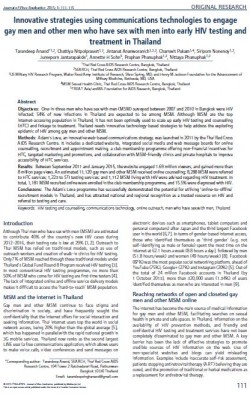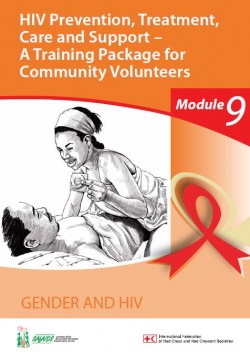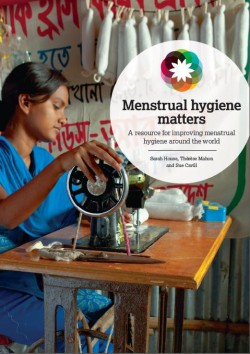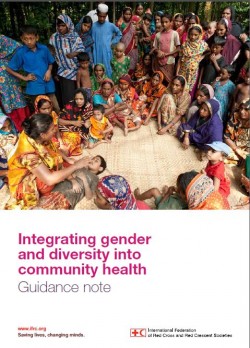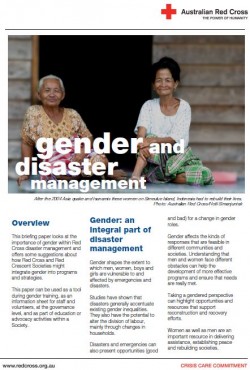Purpose:
This document reviews the impact achieved by ‘Adam’s Love’, an integrated public–private sector web-based communications strategy launched by the Thai Red Cross AIDS Research Centre in September 2011. Specific objectives of the strategy included scaling-up early HIV testing and treatment, increasing HIV-related awareness and knowledge, and positively influencing attitudes, beliefs, and behaviours about HIV among men who have sex with men (MSM) in Thailand.
Overview:
Adam’s Love involves a website, social media and web message boards for online counselling, recruitment and appointment making; a club membership programme offering non-financial incentives for HTC; targeted marketing; and collaboration with MSM-friendly clinics and private hospitals to make HTC services more accessible.
Adam’s Love was able to recruit MSM that are at high risk of contracting HIV into HIV testing and counselling (HTC) services. Of the 1,181 MSM who accessed HTC services, almost half did not use condoms consistently and about one-fifth had between five and 20 sexual partners in the previous month. Through the programme, 16% of previously undiagnosed HIV cases were identified.
The majority of MSM recruited online into HTC services in the programme were young (half were 14–25 years old). Online recruitment was a channel to reach out to closet MSM as one-third (34%) were discreet about disclosing their gender identity.
Some evidence suggests that MSM who undergo HTC are likely to return for repeat testing. In fact, 66% of MSM who presented for HTC in the programme had planned to have HIV testing again in the next six months.
With internet-accessing behaviour shifting away from desktops, creating strategies targeting mobile and tablet users is essential.
Usage: Learning from experience
Audience: Communication staff , Health practitioners, Volunteers
Reference: Anand, T., Nitpolprasert, C., Ananworanich, J., Pakam, C., Nonenoy, S., Jantarapakde, J., & Phanuphak, N. (2015). Innovative Strategies Using Communications Technologies to Engage Gay Men and Other Men Who Have Sex With Men Into Early HIV Testing and Treatment in Thailand. Journal of Virus Eradication, 1 (pp. 111-115). Available from: bit.ly/1BR2RM1 [Accessed: 26 December 2015].
![]()


